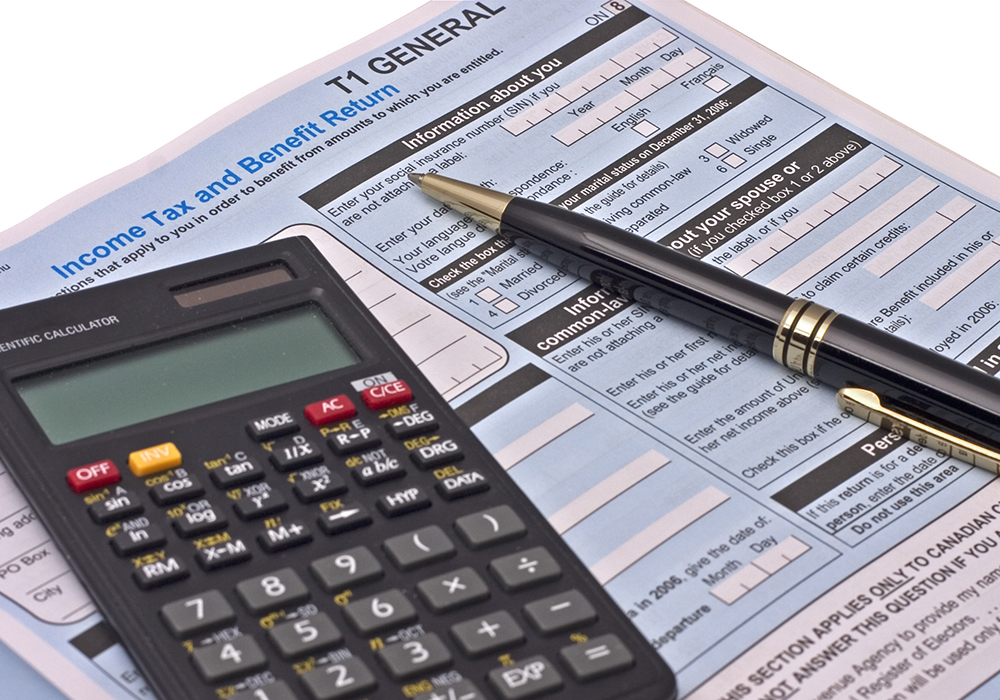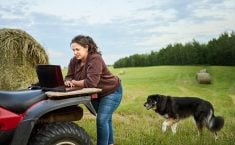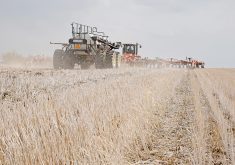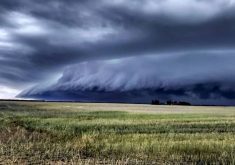How can I pay less tax this year?
Most farm families do it by prepaying expenses or deferring farm income into the next fiscal year. However, there are other tools at your disposal that can help reduce your personal tax liability. This article will summarize various registered accounts so you can determine what is the best fit for you and your family.
Tax-free savings account
A TFSA is a registered account that allows you to grow your money tax free.
Read Also

High prices see cow-calf producers rushing to incorporate
Farm accountants are reporting a steady stream of cow-calf producers rushing to get their operations incorporated ahead of selling their calves this fall.
You do have to put after-tax cash into your TFSA, but the TFSA’s future growth is sheltered from tax. An attractive aspect of a TFSA is that you can withdraw money at any point in the year tax free. Withdrawn amounts are added back to your contribution room in the following year.
The annual contribution limit for 2022 is $6,000 and is increased to $6,500 for 2023. Your total available contribution limit can be found on your Canada Revenue Agency My Account and could potentially be $81,500 for 2022, if you have been eligible to contribute to the TFSA since its inception in 2009.
One thing to keep in mind with regard to your registered accounts is they are registered to you as an individual, not the financial institution that manages the account for you.
For example, this means you can contribute to TFSAs registered to your name in the amount of $6,000 total, not $6,000 at each financial institution. Therefore, if you are investing money at multiple institutions, you need to ensure each of your advisers are on the same page regarding your contributions.
Registered retirement savings plan
Contributions to your RRSP can be claimed as a deduction against your current year’s income. This means you can invest pre-tax dollars, allowing you to compound investment income on money that would have otherwise been paid to the government as tax.
These contributions, and their future growth, are only taxed when the money is withdrawn.
The contribution limit is set to 18 percent of your previous year’s earned income, up to a maximum of $29,210 in 2022. Your prior year Notice of Assessment will provide you with the total you could potentially contribute to your RRSP.
If your farm is a sole proprietorship or partnership or if you have net rental income from renting out your farmland, this type of income is considered earned income for the 18 percent limit calculation.
RRSPs allow for the reduction of income in your good years, as well as the deferral of income to years in which your income isn’t as high, such as retirement.
Another important aspect to keep in mind is ensuring you do not overcontribute to your TFSAs and RRSPs. Overcontribution to both TFSAs and RRSPs can result in penalties charged and additional paperwork that is required to be filed.
This summary only scratches the surface with regard to how each of these tools can be utilized. Ensure you speak with your tax accountant and investment advisors to determine which are best for you and your family.
Colin Miller is a chartered accountant and partner with KPMG’s tax practice in Lethbridge. Contact: colinmiller@kpmg.ca. He would like to thank Karrie Geremia and Nick Davis of KPMG for their assistance with writing this article.















